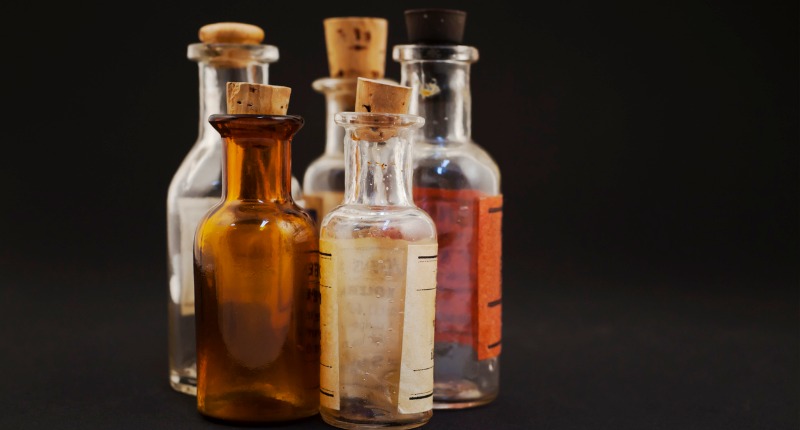Believe it or not, your urine is useful. Since ancient times scientists and inventors with steel stomachs have found that liquid waste can be useful.
Romans would deal in urine, collecting it publicly and paying taxes to trade it. Throughout history, people across the globe have employed urine, from humans and from animals, for a variety of uses.
Did you know that the yellow liquid contains ammonia, an ingredient commonly associated with blue window cleaner? Urine actually contains urea, a compound which further breaks down into ammonia. Here are a few ways humankind has used this substance over the centuries:
Cleaner
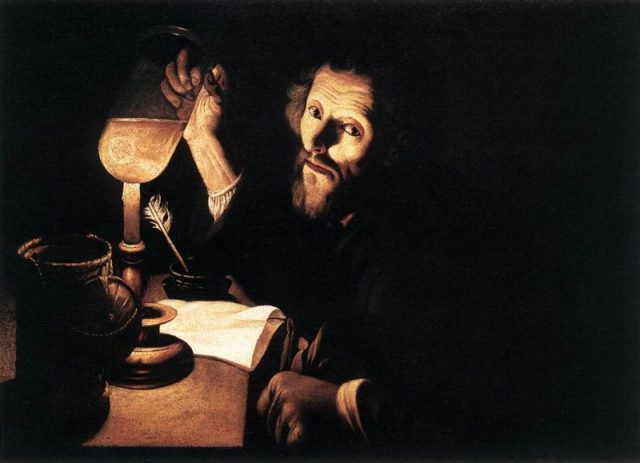
As mentioned, ammonia is a common ingredient in cleaning products. On the pH scale, ammonia is a weak base, meaning it’s more neutral than basic; but it’s also caustic, meaning it has a destructive reaction when it comes in contact with certain substances. It’s a useful ingredient in cleaning products because it neutralizes grease and dirt.
It’s a common misconception that soap is a modern invention. Different types of soaps have existed for the past couple thousand years. They didn’t, however, stack up to the use of urine which, when diluted with water, would be used as a soak for dirty clothes.
Launderers in ancient Rome would stomp on the wet linens the way vintners stomp on grapes, almost like the way modern washing machines spin and shake the load.
Softener

Multipurpose, urine is not just useful for cleaning clothes, but also in treating them. Ammonia’s caustic property breaks down more than just dirt — it helps to remove hairs from animal skins, making leathers and animal pelts softer.
Brightener
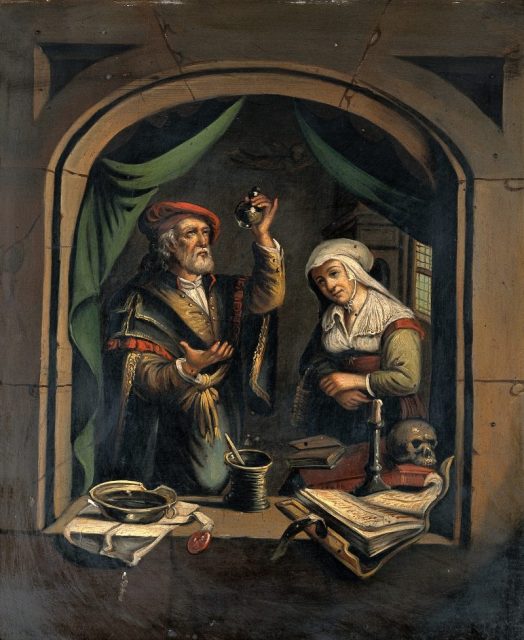
Urine was also used to brighten clothing. Natural dyes need to be treated properly in order to maintain the color in textiles. Acting as a mordant (a bonding agent) that would fuse the dye to the cloth, ammonia was an important resource for 16th century England’s textile industry.
Every year, Yorkshire would receive cask upon cask of human urine to be made into a strong mordant, being mixed with alum. This mixture would guarantee the brightest fabrics.
Whitener
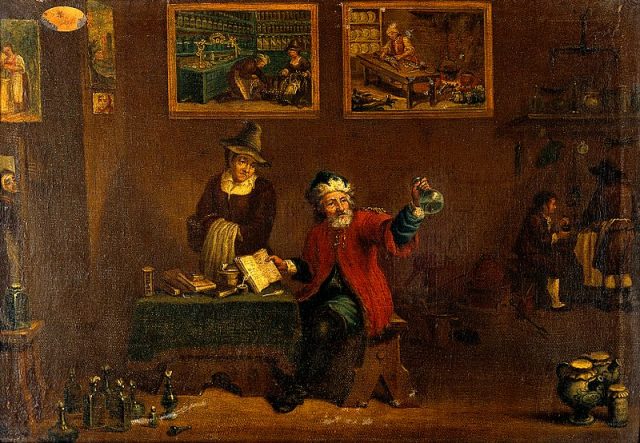
Urine doesn’t just brighten, but whiten! Before Colgate or Oral B, “specialists” insisted that using it in a mouthwash would whiten teeth. There’s been no scientific proof to support this theory, but poetic verse on the subject does exist.

Roman poet Catullus wrote, in the land of Celtiberia, whatever each man has urinated, with this he is accustomed in the morning to rub his teeth and his red gums, so that the more polished those teeth of yours are, the more urine they proclaim you to have drunk.
Maybe that’s why nobody brushed their teeth back in the day.
Related Video: 13 Victorian Vulgarities everyone should know
https://youtu.be/utw0IVJcGK0
Explosive

It may blow your mind to learn that urine has explosive properties. Only when mixed with the right elements, of course. The key ingredient of gunpowder is saltpetre, or potassium nitrate.
Before modern times allowed for the synthetic creation of this substance, gunpowder manufacturers were able to extract it from urine. Once again, ammonia comes into play, forming nitrates when reacting with oxygen.
In the 1862 Instructions for the Manufacture of Saltpetre, geologist Joseph LeConte mixes the “liquid manure” with straw, ash, and leaves, and illustrates the result with powerful langue. “As the heap ripens,” he explains, “the nitre is brought to the surface by evaporation, and appears as a whitish efflorescence, detectible by the taste.”
Role model
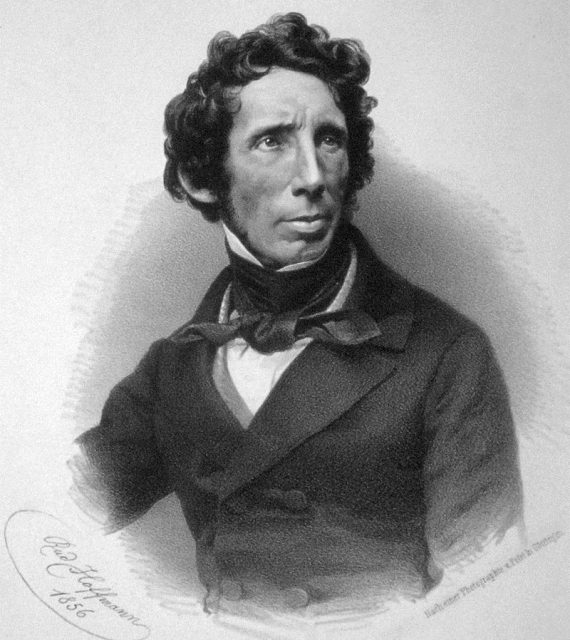
Luckily, a chemist from Germany named Friedrich Wöhler made an important scientific development to help put urea out of use and back in the toilet. In 1828 he managed to produce a substance identical to urea by mixing silver cyanate and ammonium chloride.
This was an important find, not just for launderers with weak stomachs. The possibility that we are made up of the same substances as the inorganic world was hitherto unbelievable.
Read another story from us: People are Starting to Sleep in Medieval “Box Beds” Again
Wöhler proved that living organisms, humans included, were in fact not so different from inanimate objects. He bragged about his discovery in a letter to a friend, writing “I can no longer, so to speak, hold my chemical water and must tell you that I can make urea without needing a kidney, whether of man or dog; the ammonium salt of cyanic acid is urea.” This was the creation of the study of organic chemistry.
Most people are grateful for Wöhler’s contribution to science, and probably more so that there’s no proof of urea’s whitening capabilities.
